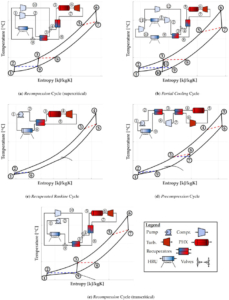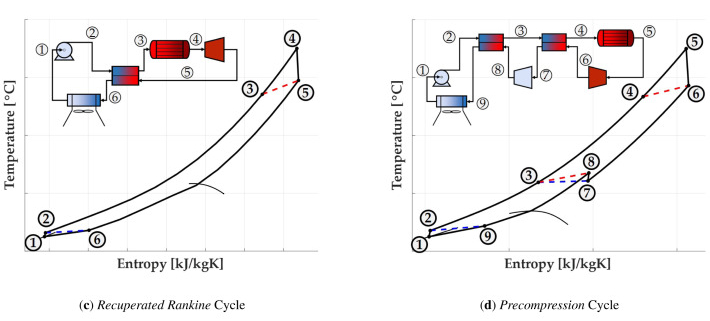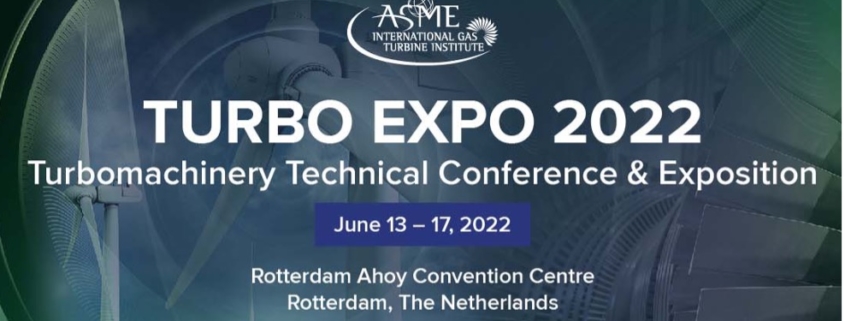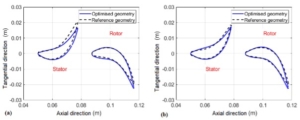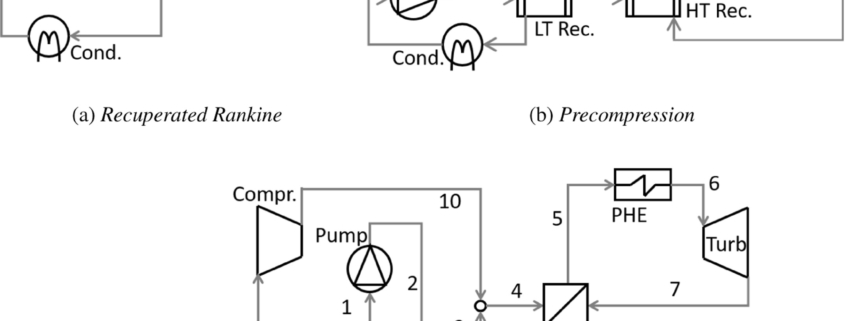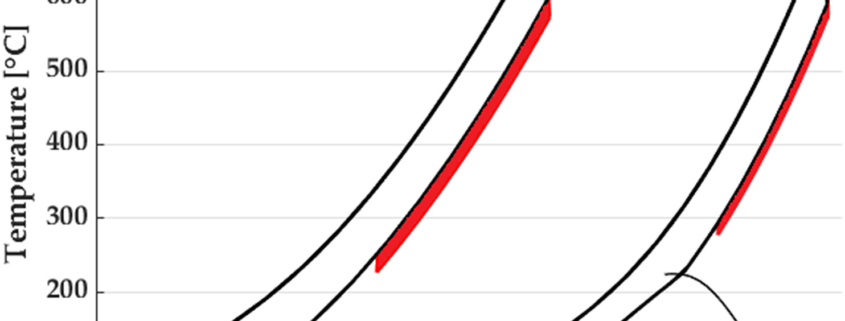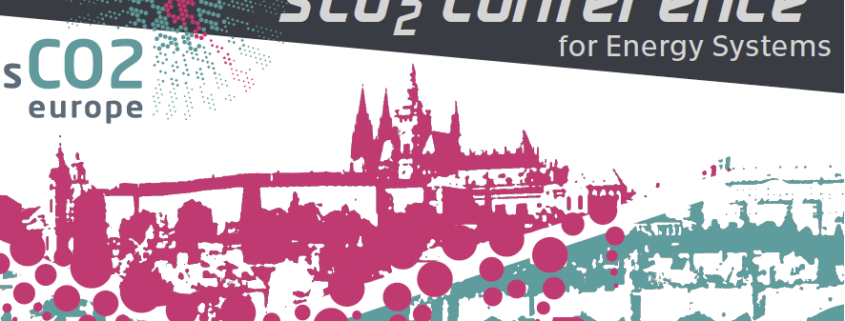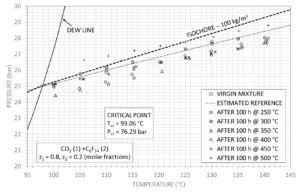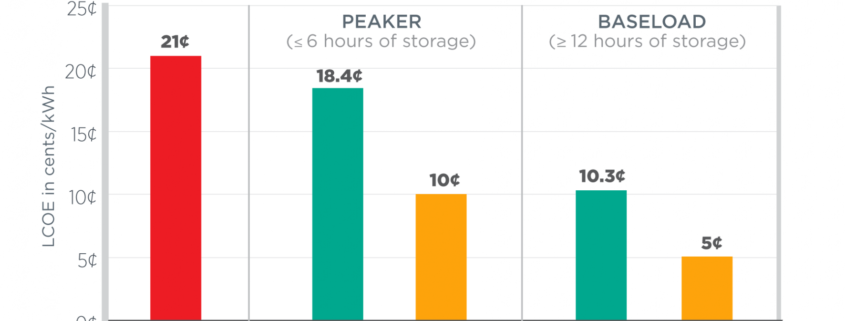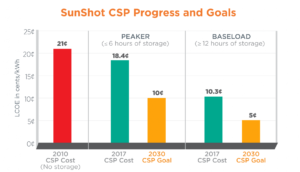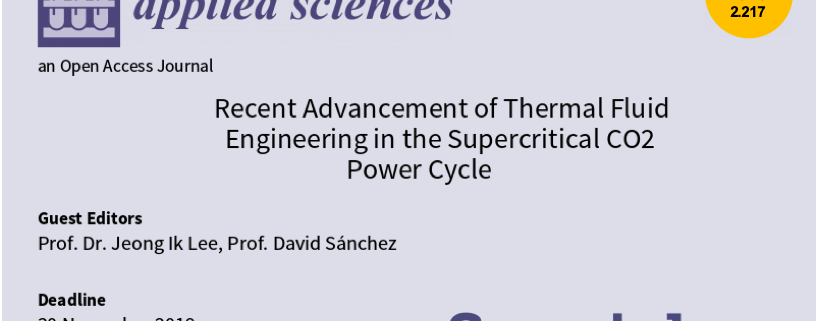The 4th edition of the European sCO2 Conference for Energy Systems, held virtually on March 23-24, gathered some forty excellent works presented by international authors. The number of attendees and quality of works presented confirmed that the sCO2 community is vibrant and the future of the technology looks bright.
A number of very interesting papers dedicated to CO2 blends triggered the interest of the SCARABEUS consortium:
- 1 Valencia Chapi, R., Fierros-Peraza, O., Coco-Enríquez, L., Muñoz-Antón, J., Modeling and study of a printed circuit heat exchanger for Brayton power cycles using supercritical CO2 mixtures as working fluid (Universidad Politécnica de Madrid)
- 2 Ayub, A., Di Marcoberardino, G., Invernizzi, C.M., Iora, P., Advanced thermodynamic power cycles utilizing carbon dioxide based mixtures as working fluids for high temperature waste heat recovery (University of Brescia)
- 3 Rath, S., Mickoleit, E., Gampe, U., Breitkopf, C., Jäger, A., Study of the influence of additives to CO2 on the performance parameters of a sCO2-cycle (TU Dresden)
These added to two works by University of Seville and City, University of London, presented on behalf of the consortium:
- Aqel, O., White, M., Sayma, A., Binary interaction uncertainty in the optimization of a transcritical cycle: consequences on cycle and turbine design (City, University of London)
- Crespi, F., Rodríguez-de Arriba, P., Sánchez, D., Ayub, A., Di Marcoberardino, G., Invernizzi, C.M., Martínez, G.S., Iora, P., Di Bona, D., Binotti, M., Manzolini, G., Thermal efficiency gains enabled by using supercritical CO2 mixtures in Concentrated Solar Power applications (University of Seville, Politecnico di Milano, University of Brescia, LEAP)
Different CO2 mixtures were proposed for Concentrated Solar Power and Waste Heat Recovery applications. Rath et al. performed a vast screening of 135 candidates out which five were selected: Krypton, Xenon, Carbonyl sulfide (COS), Propane and Sulfur hexafluoride for WHR systems. For the same application, Ayub et al. studied CO2-Novec mixtures in three different layouts, concluding that a 3 percentage point gain with respect to pure CO2 seems possible. Regarding CSP, Crespi et al. investigated the use of CO2-C6F6 and CO2-TiCl4 mixtures, coming to the conclusion that it is possible for the power block to achieve and even exceed 50% thermal efficiency even under semi-arid boundary conditions, provided that the suitable cycle layout is selected for each working fluid-was achievable. Also for CSP plants, Valencia-Chapi et al. modelled a printed circuit heat exchanger and studied its performance for different CO2 mixtures, noting that heat transfer coefficients of the mixtures were higher than those of pure CO2; this favours lower heat exchang areas. Finally, the turbine of large power blocks running on CO2-C6F6, CO2-H2S and CO2-NOD (non-organic dopant) were studied by Aqel, White & Sayma.
Common to all work was the emphasis on the suitable fluid modelling of CO2 mixtures. In the work of Ayub et al., binary interaction parameters of different CO2 mixtures (Novec 5110, Novec 649, R134a, HFO1234yf and HFO1234ze(E)) were estimated using experimental VLE data from literature and then applying Peng-Robinson with Van der Walls mixing rule to estimate thermodynamic properties. The same fluid model was used by Crespi et al. for CO2-C6F6 and CO2-TiCl4 mixtures. Valencia-Chapi et al. modelled CO2 mixtures using the Aungier-Redlich-Kwong real gas model. Aqel, White & Sayma studied the influence of four different Equations of State and of the uncertainty in the estimates of binary interaction parameters on cycle performance and turbine geometry. Rath et al. use a predictive model to calculate mixture properties based on the best available EoS for the pure components.
In addition to the works by Aqel et al. and Crespi et al., which describe the latest results obtained by the SCARABEUS consortium, a series of works developed by other projects funded by the European Commission (sCO2 Hero and sCO2 Flex) were presented at the conference. Moreover, several interesting topics regarding sCO2 cycle performance, turbomachinery and heat exchanger design and novel sCO2 cycle configurations have been thoroughly discussed. The entire set of presentations and papers are available online in the conference repository (https://sco2.eu/conference-repository/4th-conference-online/) so, if you wish to take a closer look at some of the works, just follow this link and enjoy!
